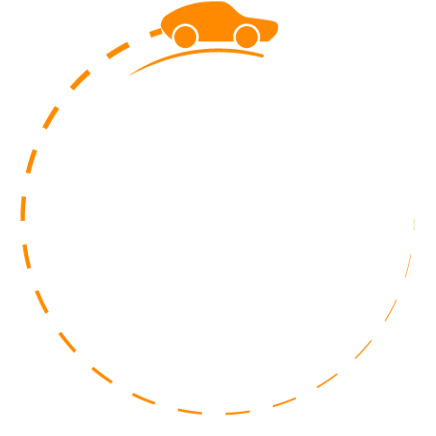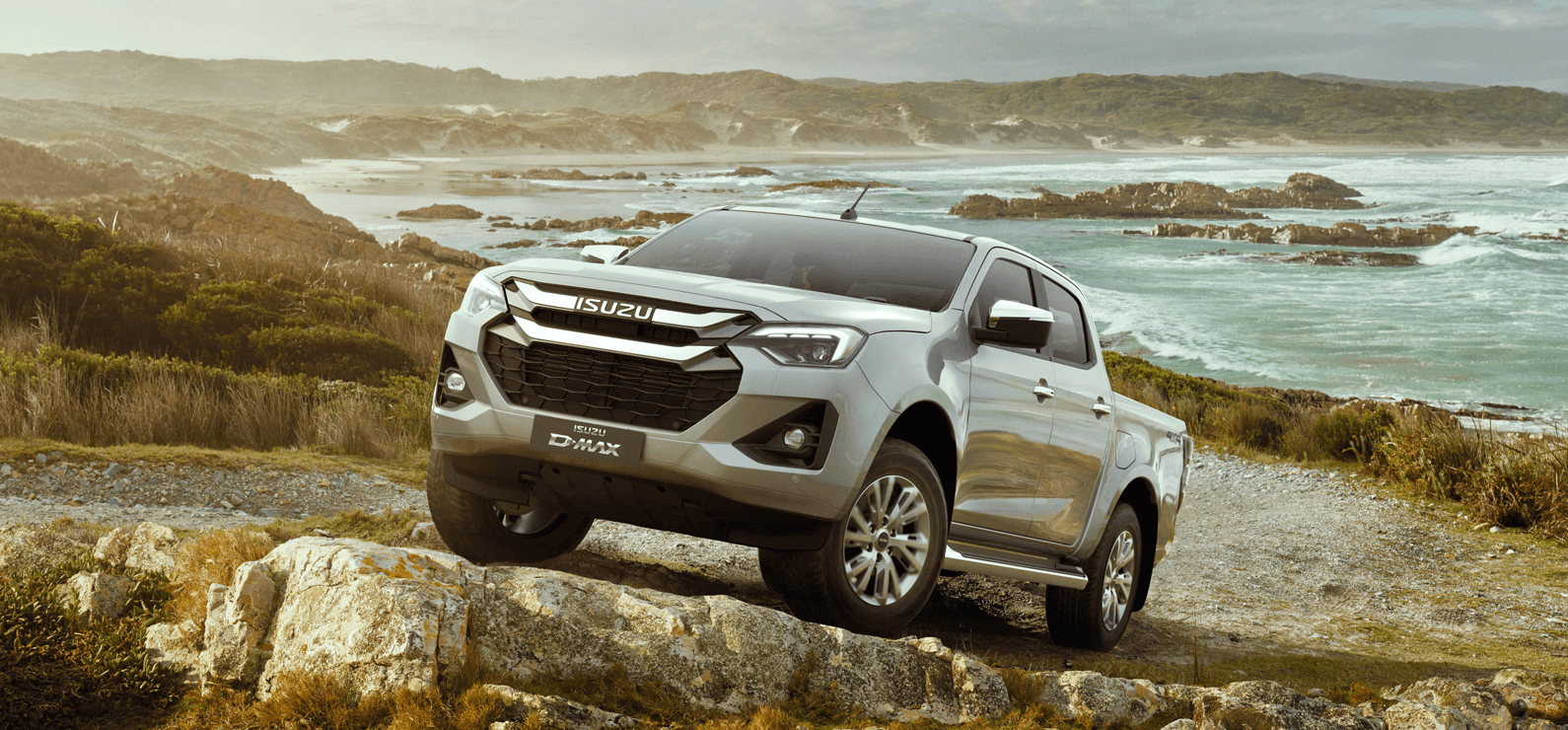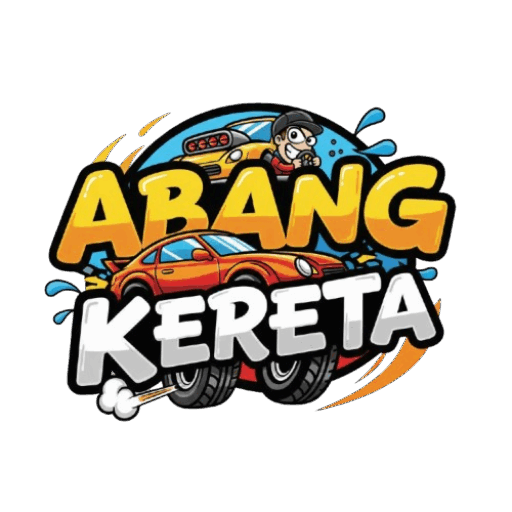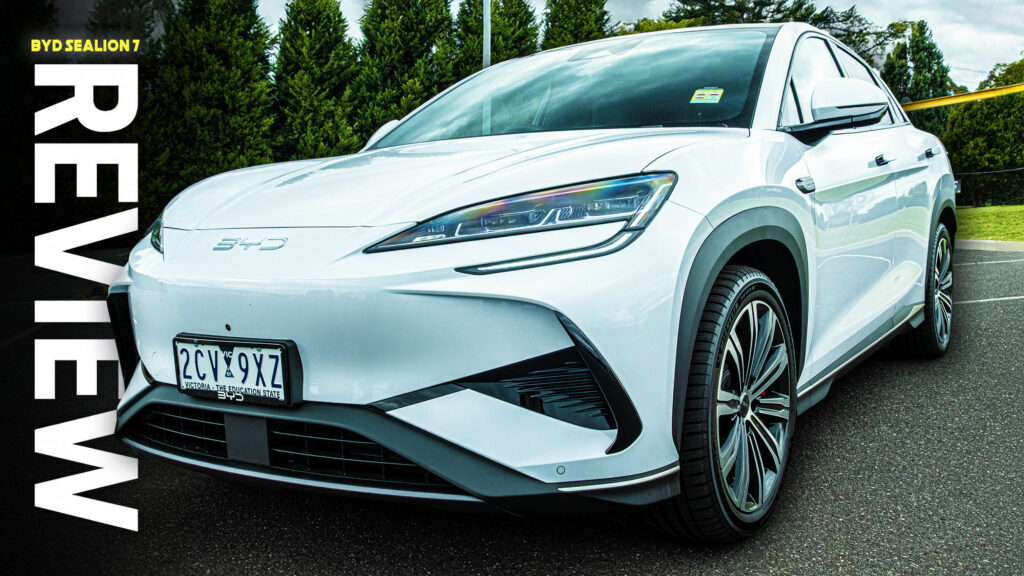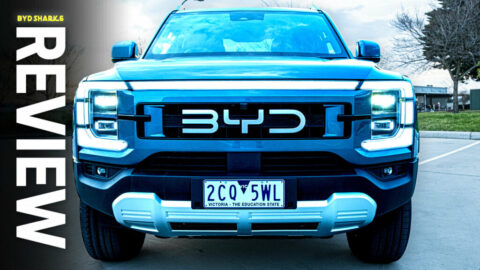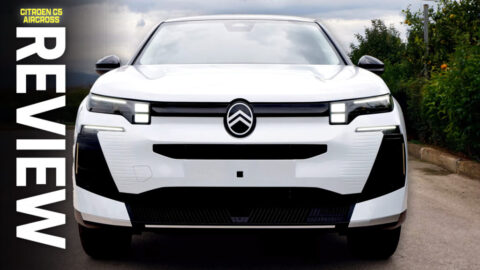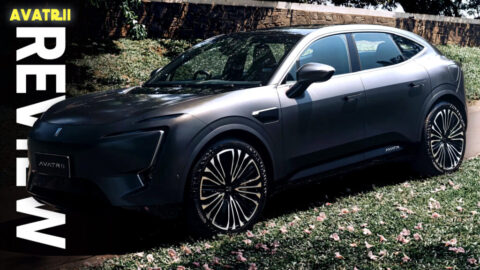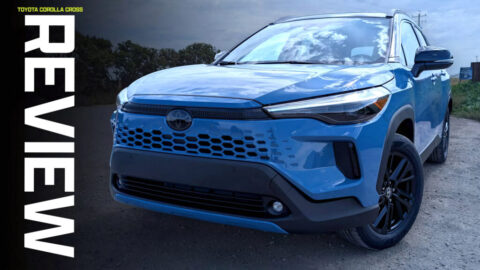BYD’s rise has been nothing short of dramatic. In a few short years, it has gone from a name most had barely heard of to the world’s leading producer of plug-in hybrids, even overtaking Tesla in sales of pure battery-electric vehicles.
This phenomenal success has been driven by a constant stream of new models that seem to appear with dizzying frequency. Whereas most legacy brands take years to research, develop, and launch new models, BYD has enjoyed the maneuverability and flexibility of a startup, while benefiting from China’s might in the automotive supply chain. It seems like every other week, we are discussing a new model from the BYD brand or one of its subsidiaries, such as Denza or YangWang.
Perhaps the single most important model BYD has rolled into Australia is the Sealion 7. The name might sound like it was plucked from the rejected list of Pokémon characters, but the car itself has been pitched as a legitimate rival to the Tesla Model Y. The question is whether it’s actually up to the job, or just another entry in the ever-expanding list of “Tesla challengers.” I spent a week living with one to see which way it leans.
QUICK FACTS
SWIPE
*Manufacturer
Price That Bites at Tesla
Down Under, the Sealion 7 is available in entry-level Premium guise from AU$54,990 ($36,200) or in flagship Performance form from AU$63,990 ($42,100). I spent my time in the Performance model, an SUV that is luxurious, comfortable, and very fast.
A starting price of AU$63,990 ($42,100) makes the BYD all the more compelling. In Tesla land, a new Model Y Long Range All-Wheel Drive starts at AU$68,900 ($45,400). The Model Y Performance is in an entirely different stratosphere, priced from AU$89,400 ($58,900).
While the Sealion 7 is cheap, BYD hasn’t skimped on the powertrain front. The Sealion 7 Performance is equipped with an 82.56 kWh lithium-iron phosphate battery driving a pair of electric motors with a combined 523 hp (390 kW) and 690 Nm (509 lb-ft) of torque.
Those are some seriously impressive figures, and even outmuscle the 510 hp (380 kW) and 580 Nm (423 lb-ft) offered up by the much more expensive 2025 Audi SQ6 e-tron I recently tested.
A Surprisingly Plush Cabin
Given the SUV’s competitive pricing, you could be excused for thinking that the cabin would feel cheap and tacky. That’s not true. Indeed, like many other new vehicles out of China, BYD has proven that you don’t need something from Germany to get high-quality materials and premium-feeling surfaces.
The cabin of the Sealion 7 is dominated by the same large 15.6-inch infotainment display found in other BYD models. It continues to spin between portrait and landscape orientations, and remains a conspicuous outlier, with no effort made to integrate it neatly into the dash. We can blame Tesla for starting this trend a decade ago with the introduction of the Model 3.
Photos Brad Anderson/Carscoops
While the screen’s positioning leaves a little to be desired, it’s difficult to critique its responsiveness or the software used. The screen is beautifully crisp and colorful, offering heaps of different displays and housing all of the important functions. Yes, this does include the climate control. Wireless Apple CarPlay and Android Auto are also included as standard.
Importantly, it wasn’t the screen that impressed me the most. Instead, it was the fit and finish. The dashboard, steering wheel, door panels, seats, and transmission tunnel are all clad in a combination of soft-touch leather and suede.
There’s also a gear selector toggle that looks like a shiny crystal, as well as some metal buttons to adjust the volume, drive mode, and brake regeneration. Not so nice is the piano black plastic panel stretching the entire width of the dashboard, but that’s the case in many new models, so that’s that.
There are also some interesting design quirks. For example, the positioning of the door handles is rather odd, as is the fitment of sporty seats without adjustable headrests. However, in terms of comfort, the seats themselves are excellent, offering ample padding and support. I also really like the metal-like buttons on the steering wheel and the doors.
Photos Brad Anderson/Carscoops
Other important features that come standard include a 50W wireless fast charger and two adjustable cupholders in the center console. A panoramic glass roof is fitted as standard, and unlike in a Tesla, it includes a power-operated shade.
There’s plenty of space in the rear for adults, too, with the Sealion 7 Performance offering plenty of head and legroom despite the swooping roofline. Throw in trick, multi-colored ambient lighting and you get a cabin that feels more premium than the AU$151,400 ($99,000) Audi SQ6 e-tron I drove a couple of months ago.

Fast, But Not Flawless
With a total of 523 hp (390 kW) and 690 Nm (509 lb-ft), it should come as no surprise that the Sealion 7 is quick. BYD says it’ll do 100 km/h (62 mph) in just 4.5 seconds, and it feels every bit as quick as that figure suggests. While the Model Y Performance may be a full second quicker, the Sealion 7 is pretty rapid, particularly considering it tips the scales at a hefty 2,340 kg (5,158 lbs).
The Chinese brand claims its EV can travel up to 456 km (283 miles) on a charge under the WLTP cycle, so I was surprised when I jumped inside to find the dash indicating 550 km (342 miles) of range. However, as I discovered, that was a very optimistic estimate.
I averaged 20.5 kWh/100 km in the Sealion 7 Performance, which is worse than you’ll get in a Model Y. It also means it has a real-world driving range of closer to 400 km (258 miles), which is a little sub-par.
Photos Brad Anderson/Carscoops
The charging speeds are also slower than those of some competitors. The Sealion 7 Performance is capped at 150 kW DC charging speeds, meaning it needs 32 minutes to be topped up from 10 to 80 percent. While this is unlikely to be an issue for the majority of owners who can charge their vehicles overnight at home, it is something worth considering.
As a daily driver and for cruising around town, the Sealion 7 is excellent. Like most EVs, the powertrain is exceptionally smooth, and there’s always an ample amount of power on tap. A minor grievance is that the regenerative braking system only offers two levels, and there is no one-pedal driving mode, which is odd.
Grip With Caveats
Dynamically, the SUV does leave a little to be desired. It easily slips into understeer, despite the Michelin Pilot Sport EV tires that are fitted as standard, and it never feels particularly exciting or poised when hustling along a mountain road. But let’s be honest; this isn’t a concern for your typical crossover buyer after all, so we can’t fault it for that.

Most owners, even in Performance guise, will use it to cruise around town, lawfully abiding by all speed limits and solely using it as a way to get from point A to point B. In this regard, it excels thanks to the light steering, excellent visibility, and relatively unobtrusive driver monitoring system.
Comfort And Ride
An area that could do with improvement is the ride. While it’s certainly not bad, it feels overly firm and could benefit from some additional development. There are better choices available for shoppers seeking the ultimate in comfort, but I found this version of BYD’s EV to strike a reasonable balance between comfort and sportiness. They don’t call it the ‘Performance’ for nothing.
My main issue when driving the Sealion 7 was the persistent wind noise coming from around the wing mirror and A-pillar on the driver’s side. The noise became particularly apparent when driving at speeds over 60 km/h (37 mph). Although it wasn’t particularly loud, this isn’t an issue I’ve experienced in other electric SUVs competing in this class.
Verdict
While there are certainly areas of the Sealion 7 Performance’s driving dynamics that could be improved, it remains excellent value for money, significantly undercutting the Tesla Model Y.
The quality and comfort of the cabin were perhaps the biggest surprise. While it may sound like hyperbole to describe the interior as being nicer than many new European cars we’ve tested recently, it’s the truth. Will it stand the test of time as well as some of those offerings? Only time will tell. As it stands, the Sealion 7 is a strong contender in a crowded segment.
